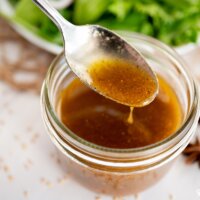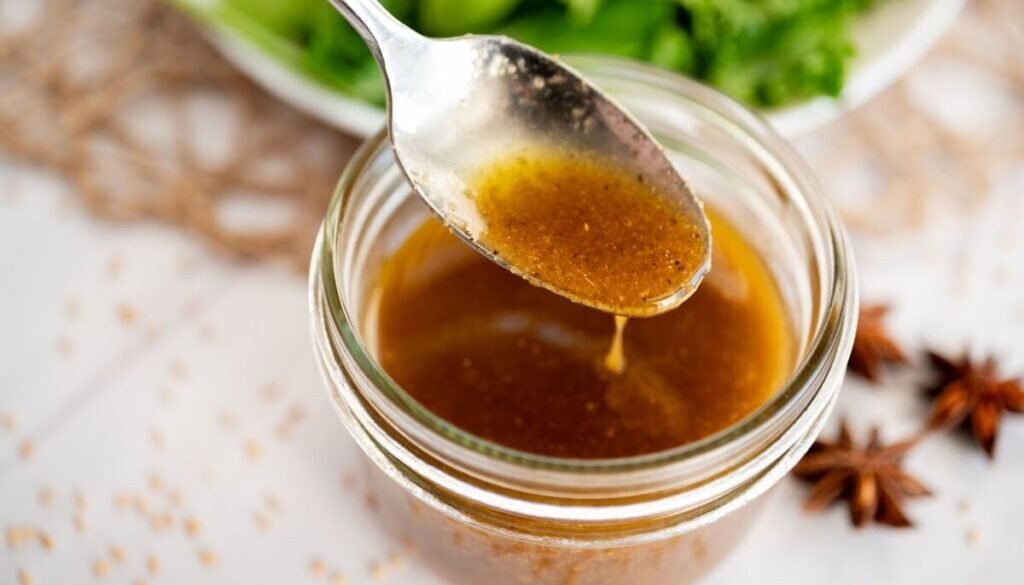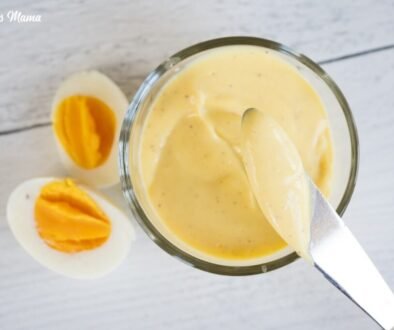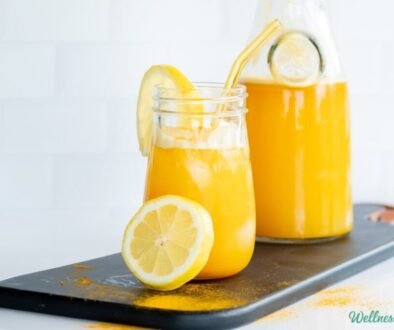Sweet Asian salad sauce recipe
[ad_1]
In younger years, I loved Chinese food (especially in PF Chang variety) and often ate it. I think about how much MSG, the high fructose soap syrup and other terrible ingredients I ate at the time. Asian salad dressing was one of the food in the list.
When I changed the right food, I stopped eating processed versions and decided to look for healthier options.
One of my favorites was a delicious Asian salad with an amazing sauce I have eaten in a small restaurant on my way. Of course I had to create it again. This Asian salad sauce recipe is the result. I love whipping on a quick side salad head or marinade for meat or fish.
This sauce is a delicious dripped cauliflower rice or overnight as marinade to make sesame chicken. Preparation takes minutes and is full of flavor. See the recipe for the ingredients below if you need to change.

Sweet Asian salad sauce recipe
A simple salad dressing recipe with tips on ginger, coconut amino and honey. It also makes a great sauce or marinade for meat and fish.
-
Combine all ingredients in a small masonry jar with a lid or blender.
-
Shake the jar vigorously or mix for 10-15 seconds until smooth and well united.
-
Taste and adjust the taste. If you want more sweetness, add extra honey or maple syrup. Add Tanger Vinaigrette to add apple cider vinegar or citrus juice.
Nutrition
Sweet Asian salad sauce recipe
Amount per dose (2 tbsp)
Calories 45
Fat 45 calories 45
% Daily value*
Fat 5g8%
Saturated fat 1G6%
Polyunsaturated fat 0.5 g
Polyunsaturated fat 3G
Sodium 87 mg4%
Potassium 9mg0%
Carbohydrates 1g0%
Fiber 0.1 g0%
1G sugar1%
Protein 0.1 g0%
Vitamin A 2iu0%
Vitamin C 0.1 mg0%
Calcium 3mg0%
Iron 0.2 mg1%
* Percentage daily values are based on 2000 calorie diets.
Store in the refrigerator for up to a week. Shake well before each use.
Ingredients
- Fresh vs. dried ginger: A fresh ginger gives the sauce a stronger Zesty taste. The dried ginger is less mild but still offers a warm spice.
- Herbal options: Adding fresh herbs, such as coriander or parsley, adds a fresh, herb layer to the sauce. Leave them from a simpler Vinaigrette service.
- Sweetness: Adjust the sweetness with honey or maple syrup.
- Lemon juice: Use fresh lemon or lime juice instead of an apple cider vinegar, a bright, citrus spiral. Rice wine vinegar or rice vinegar also works and is suitable for the Asian flavor theme.
- Aminos coconut: Not everyone has coconut amino at hand. If you still want some yummy Umami flavor, a low sodium sauce will also work if you do not avoid soy. Tamar (traditional Japanese sauce) has a similar taste, but it is gluten -free.
- Olive oil: Olive oil can have a very solid taste that does not hold in a salad dressing. Use extra virgin olive oil for full taste or for a lesser version of the regular olive oil. Many of the purchased versions of the store use grape oil or even grape oil, but these are not the best options (for many reasons!).
Ways to use Asian salad dressing
I use this sauce for so many different foods. I have already mentioned that it makes a good marinade (and of course a salad dressing). There are still some serving ideas here.
- Make a side salad or a large green salad and add it with chicken for full meal. I like dark leafy vegetables for nutrition and some wrinkling from Romania.
- Create your own slave to the Asian slave with cabbage and carrots and this Asian ginger sauce.
- Do you want some complementary ideas? Try sliced green onions, roasted sesame seeds, shredded carrots or dripping of roasted sesame oil.
Add Asian inspirational recipes
In the end, I created healthy versions of the Chinese recipes I loved. Try a few!
What are your favorite Asian dishes? Have you made your own healthy versions? Leave a comment and let us know!
[ad_2]




